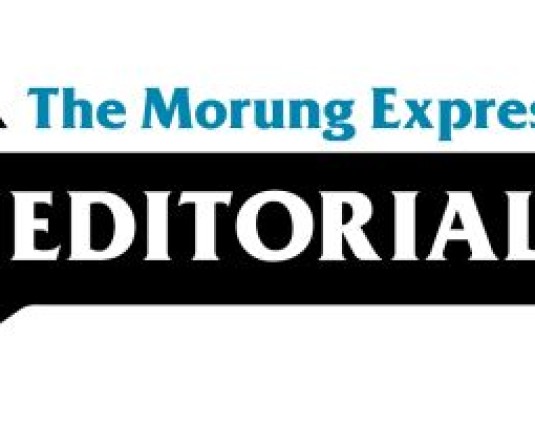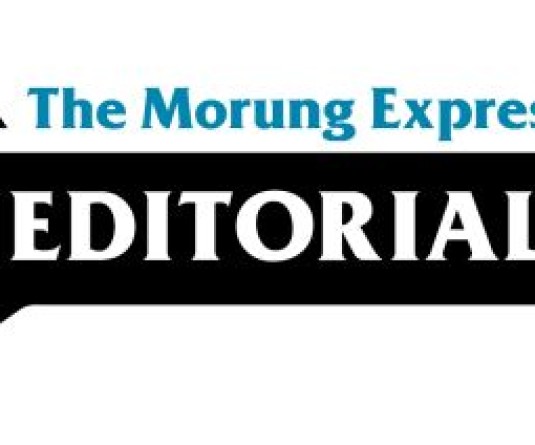
Indigenous struggles insist they are ‘indigenous peoples’ with equal rights. They have resiliently rejected the State’s intent to reduce them to statistical categories such as: population, ethnic minority, and inhabitants …
Many different waves of migrations have been documented throughout human history. Consequently, the current inhabitants of a particular geographical region cannot exclusively be comprised of original inhabitants.
Indigenous Peoples are the people who have inhabited the land before conquest, during the colonial era, and until today. Indigenous Peoples are considered to be living descendants of the first peoples of a territory prior to colonization or formation of the present State in which they now voluntarily or involuntarily find themselves a part of.
James Anaya, an indigenous lawyer, author and former United Nations Special Rapporteur on the Rights of Indigenous Peoples, points out that Indigenous peoples are culturally distinctive with historical continuity of existence and identity that links them to the communities or nations of their ancestors.
The ancestral roots of Indigenous Peoples are imbedded in the lands on which they live and have an organic relationship with it. Land for Indigenous Peoples is more than just a habitat or a political boundary. Land is the basis of their social organization, economic and political system and cultural identification. Tragically, in most cases, Indigenous Peoples find themselves caught within artificial and arbitrary boundaries created by forces of empires and conquest.
The Asian Indigenous Peoples Pact (AIPP) argues: “We are using the term Indigenous Peoples with a meaning that is different from that given in many dictionaries, or how it is understood by many governments. Over the past decades, the concept of Indigenous Peoples has evolved beyond the original meaning found in dictionaries, and it is now well established in international law.”
The decolonizing process, particularly from 1945 to 1960, witnessed the emergence of many new States. However, Indigenous Peoples were conveniently pushed away from this process. This further constricted them under oppressive States and systems. Trapped in colonial boundaries, most Indigenous Peoples question the very foundation and legitimacy of the State, Princely States and Kingdoms in which they now find themselves living.
Indigenous struggles continue to be resilient against historical domination by other hegemonizing and homogenizing groups which continues till today. In essence, indigenous struggles are for rehumanization based on the same right to self-determination accorded to all peoples universally under international law. It is pertinent to remember that Indigenous Peoples’ struggles are neither for exclusion nor domination over others. Their stand is based on universal human rights principles within which the international community recognizes the uniqueness of their experiences and history through the United Nations Declaration of Indigenous Peoples Rights - UNDRIP.
A Peoples at Last
Grand Chief Wilton Littlechild, a long time advocate of Indigenous Peoples rights, reveals that it took eight (8) years of debate in the international arena to determine whether Indigenous Peoples were human beings. He explains that it revolved around one letter -‘s’ and whether it should be added to the word people. Indigenous Peoples questioned: What are we then if we are not peoples? What are we then?
It is common knowledge that States and their governments wanted to recognize indigenous communities as societies, ethnic minorities, population, and groups, but not as peoples. An indigenous elder observed that if States and Governments recognize Indigenous People as peoples, they will have to admit that we are human beings. And, if States and Governments admit that Indigenous Peoples are human beings, their human rights have to be recognized.
After years of intense negotiations, confrontation, opposition, lobbying, and debates in the international arena, the United Nations voted to adopt the Declaration of Indigenous Peoples Rights (UNDRIP) on September 13, 2007. After 27 years of being debated, it is considered to be the longest contested Declaration in UN history.
According to IWGIA (International Work Group for Indigenous Affairs), India voted in favor of the United Nations Declaration on the Rights of Indigenous Peoples (UNDRIP) on the condition that after independence all Indians are indigenous. Consequently, it does not consider the concept of "indigenous peoples", and, therefore the UNDRIP, to be applicable to India. Such a position compromises the estimated 104 million indigenous peoples in India. Victoria Tauli-Corpuz, the then Chairperson of the UN Permanent Forum on Indigenous Issues, put the declaration into perspective when she said that the declaration is a legal document which “sets the minimum international standards for the protection and promotion of the rights” of Indigenous Peoples. Indigenous struggles are not just seeking rights, but the recognition of Indigenous Peoples as human beings.
Use of the term ‘Indigenous Inhabitants’ Implicates
Identity, Land and Special Provisions
In April 1977, the Government of Nagaland State issued a notice for authorizing indigenous inhabitant certificates. According to a news report in The Hindu, the 1977 notification does not say whether those to be granted such a certificate would have to be a Naga. There is ambiguity in the interpretation, identification and application of the term ‘indigenous inhabitant.’
Despite this serious lapse, the Government of Nagaland State has on June 29, 2019, issued a notice to set up a Register of Indigenous Inhabitants of Nagaland with “an objective to prevent fake indigenous inhabitants Certificates.” This irony cannot be missed. While the 2019 notification implies the State’s failure to implement the 1977 notification, the error in judgement lies in the continued usage of terminologies that have political ramifications. The Government of Nagaland, without any critical review, decided to expand the scope of ‘indigenous inhabitant’ from Certificate to Register has implications on the peoples’ well being of Nagaland.
In Nagaland the terms ‘indigenous inhabitants’ are used only to denote the natives (tribals) of the land. In effect, indigenous inhabitants and settlers are used to establish two different categories. However, the use of ‘indigenous inhabitants’ of a specific geographical area includes both the first peoples (natives) and the settlers within the same category. In other words, both the natives (tribals) and settlers become indigenous inhabitants of Nagaland State. Then, by default, the non-indigenous population of Nagaland will acquire the legal status of ‘indigenous inhabitants’ of Nagaland.
In places like Nagaland that has an increasing population of migrants a legal distinction should be made between "native-Indigenous Peoples" and other citizens who also refer to themselves as indigenous in the different states within India. The failure to make this legal distinction would equate the “native-Indigenous peoples” with other citizens of the State under the present legal system. The legal status of ‘indigenous inhabitants’ ultimately compromises the land, identity and special provisions, including the future of Nagaland “native-indigenous peoples.”
In reality, use of the term ‘indigenous peoples’ in place of ‘indigenous inhabitants’ would remove all ambiguity. If the objective of the Government of Nagaland is “to prevent fake indigenous inhabitants Certificates,” the process must begin by replacing or removing the term indigenous inhabitants.
Government of Nagaland should affirm Nagas as
Indigenous Peoples In Accordance with International Law
Protecting Indigenous Peoples’ rights requires an indigenous perspective. It also means appropriate use of terminologies and language that will safeguard and further the rights of Indigenous Peoples as human beings with human rights.
Since the purpose is to identify and protect the interests of the “native-Indigenous peoples,” the Government of Nagaland can take a proactive step by affirming and declaring the Nagas as Indigenous Peoples in accordance with international law. The Mizoram Government has done this when the assembly, cutting across party lines, adopted a resolution in March 2019, to implement the UNDRIP.
By doing so it will clarify that the legal and political definitions are as per international standards. This may help do away with the confusion in using terms such as 'inhabitants.'
For now, on this matter the Government of Nagaland lacks political wisdom, foresight and vision.





